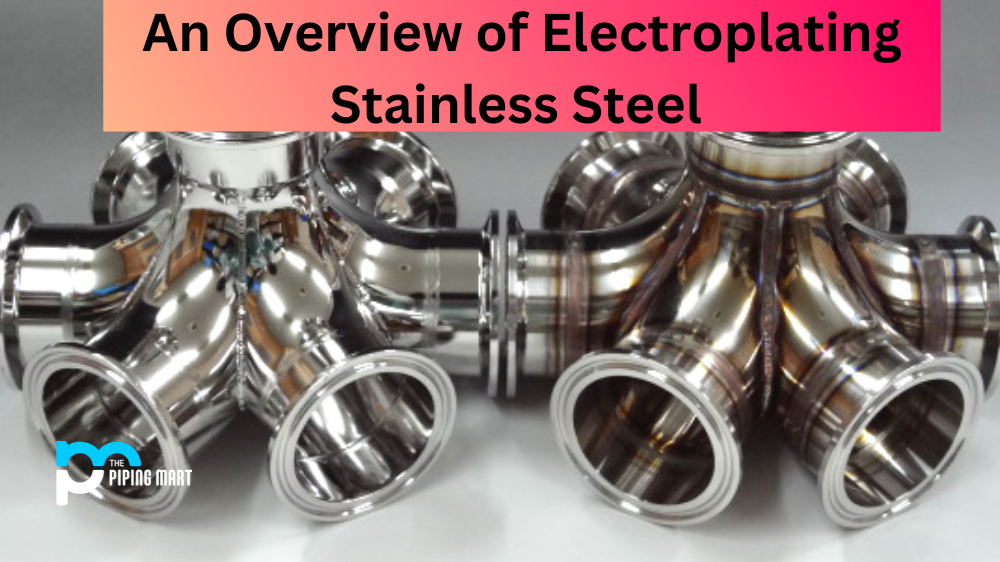Aluminium is a widely used material in modern construction and engineering industries. Its lightweight, excellent corrosion resistance and superior strength-to-weight ratio make it a preferred option for several applications. However, there are different grades of Aluminium, and choosing the right one is critical for meeting specific design requirements. In this blog post, we will compare and contrast two popular aluminium grades – 2014 and 2017 – to help you choose the right one for your next project.
What is Aluminium 2014?
Aluminium 2014, also known as Duralumin, is a copper-based alloy with magnesium and manganese as other primary alloying elements. It offers excellent strength, workability, and weldability, making it suitable for manufacturing structural and aircraft components. It also displays fair corrosion resistance, making it ideal for near-sea-level applications.
What is Aluminium 2017?
Aluminium 2017, also known as AlCu4MgSi, is a copper-based alloy with magnesium and silicon as other primary alloying elements. It is an excellent choice for applications that require high strength, improved fatigue resistance, and good machinability. It offers excellent corrosion resistance, making it ideal for marine environments.
Differences Between Aluminium 2014 and 2017
The primary difference between Aluminium in 2014 and 2017 is its composition. Aluminium 2017 has a slightly higher copper content than Aluminium 2014, resulting in higher strength but reduced machinability. Aluminium 2014, on the other hand, has better workability, making it easier to form and shape into different structures.
Applications
Aluminium 2014 is often used in aircraft and structural components, forged parts, and other high-stress applications thanks to its high strength and good workability. Aluminium 2017, on the other hand, is an ideal choice for marine components, such as boat structures and other saltwater applications.
Choosing the Right Aluminium Alloy
Choosing the right aluminium alloy for your application depends on several factors, including the intended use, manufacturing process, and desired properties. If your project requires high strength, improved fatigue resistance, and good machinability, then Aluminium 2017 is ideal. However, if your application requires good workability and weldability, Aluminium 2014 will be the better option.
Conclusion
Aluminium is an excellent choice for various applications thanks to its lightweight, superior strength-to-weight ratio, and excellent corrosion resistance. When choosing between Aluminium 2014 vs 2017, you need to consider the properties of each alloy and match them to your project requirements. If you need help deciding which one to choose, consult an experienced aluminium supplier to help you make an informed decision. Remember, selecting the right aluminium alloy can make all the difference in the success of your project.

A passionate metal industry expert and blogger. With over 5 years of experience in the field, Palak brings a wealth of knowledge and insight to her writing. Whether discussing the latest trends in the metal industry or sharing tips, she is dedicated to helping others succeed in the metal industry.




